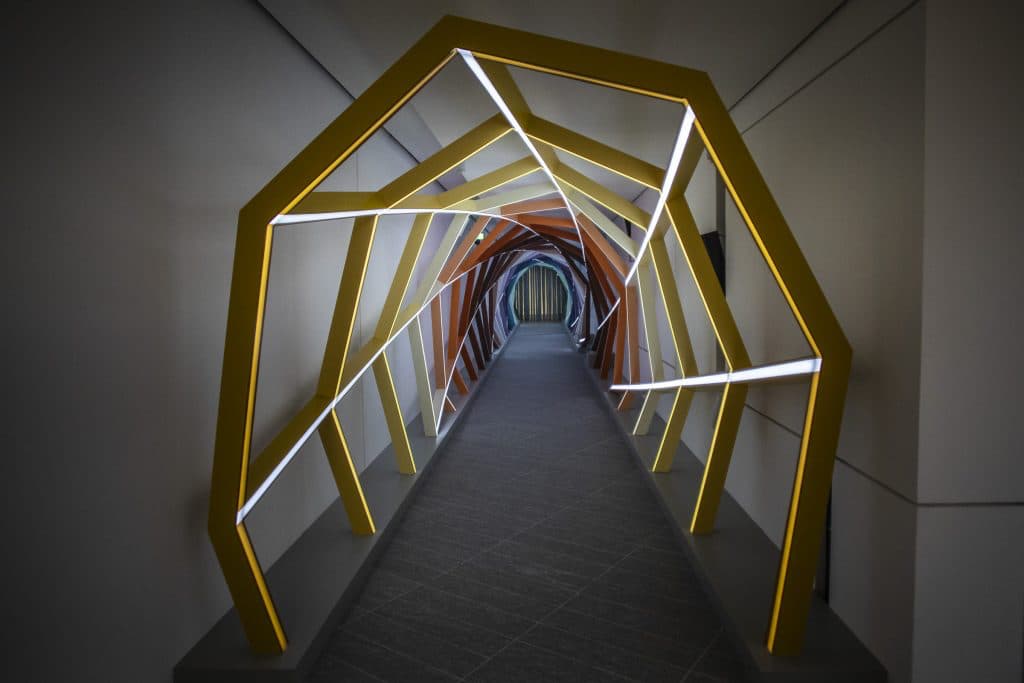Introduction of the #kraftwerked project for Louvre Abu Dhabi Children’s Museum; catching up with Balint Tordai (Managing Director), Denny John (Project Manager), and Balint Szeoke (Head of Digital).
How did the project come to life?
Balint T.: „We were first contacted by the team of Museography and Multimedia mediation management. The basic idea was to create immersive activations, where children could discover and explore their emotions. We had been asked to develop four activations at different stages of the exhibition. They not only needed to be visually pleasing, fun, and educative but at the same time we also had to keep in mind the artistic approach represented by the museum.
It was quite a challenging process to be honest and it took a lot of hours to refine the ideas to the level where both Louvres and our team were satisfied.
The four activations are called Rainbow, Jukebox, Worry eater, and the Emotion Tunnel. These installations needed work from multiple divisions of our team to develop them. We involved artists, graphic designers, programmers, fabricators. More can add by the Denny, who coordinated these fields as a whole.”
“The team came up with many creative ideas which were filtered and devised into a final concept that properly covered the client’s requirements.” – added Denny J. “We like to involve technology-based solutions to elevate visitors experiences from being completely analogue. What makes Kraftwerk-thinking unique is not only creating stand-alone installations but building something which tells a story. We follow our design principles in every field. As we went through the conceptualization process, we paid special attention to our team’s communication with the client, to customize ideas effectively.”
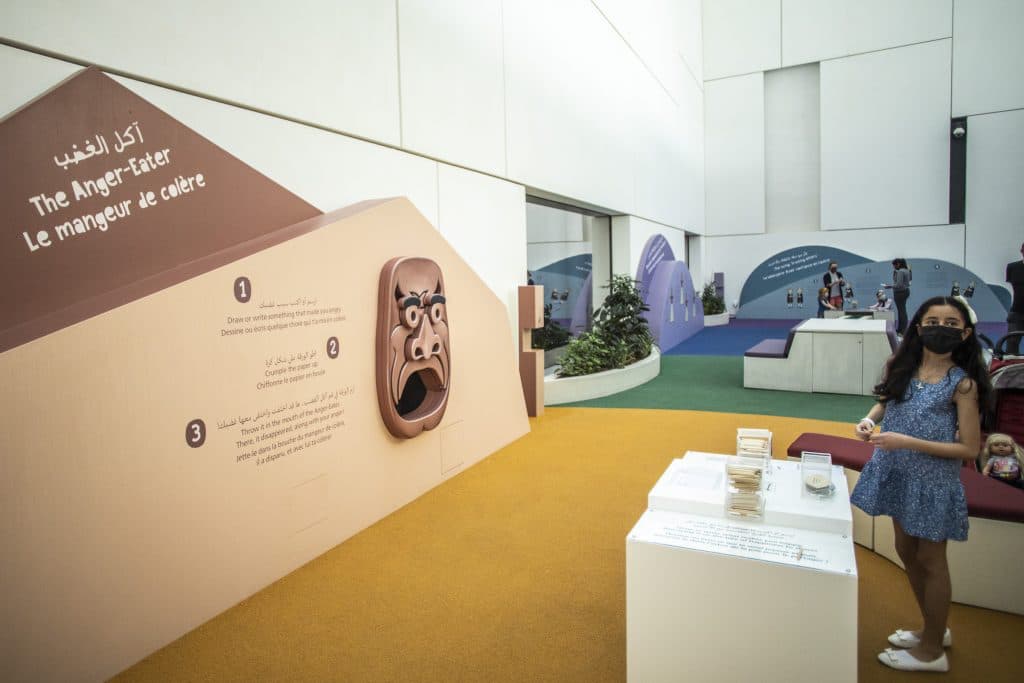
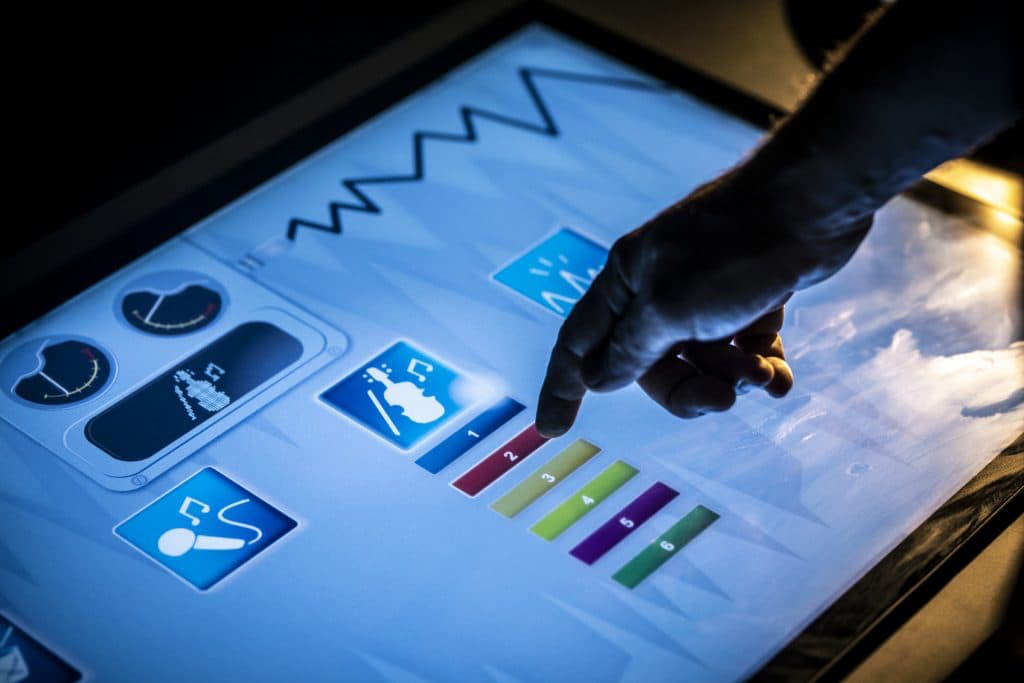
What technologies were used for the development?
“We have used quite a lot of digital solutions. Integrating each of them into a system was very challenging. We applied RFID technology, programming, custom electronics and control units, lighting, computers, projectors, capacitive sensors. The wide variety of technical accessories required a wide range of knowledge, which the team also deployed during the project implementation.” – told Balint Sz.
The first installation we designed is called Rainbow. It takes place in the heart of the exhibition with its 4.5-meter-high fixture made of unique material in four colors delivered by our partner, Projex. We created an experience where children step on trigger points to activate an animation projected on the fixture by three high-performance projectors. We also embedded “vibration speakers” into the platform so that the users could have both haptic and audio feedback. The sound designer created effects to match the multi-sensory experience and fit within the concept perfectly.
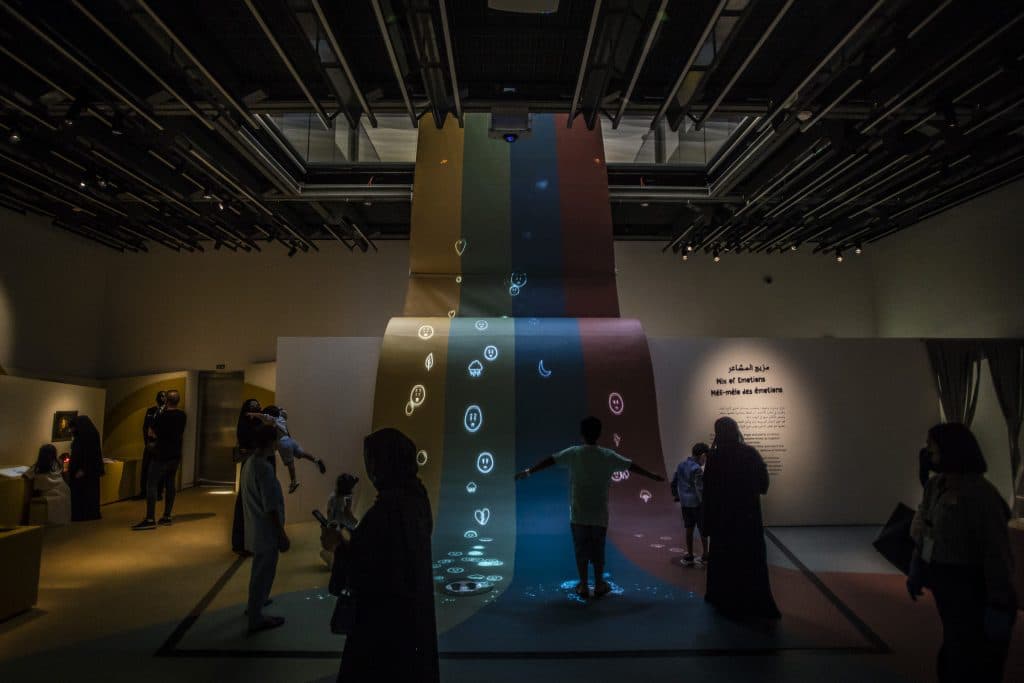
The musical experience or Jukebox, a custom-developed application by Kraftwerk. The game includes five vinyl records symbolizing different feelings. Each disc hides an RFID detected by the system while they are being placed on the turntable. The game will activate and play pre-curated songs and sounds hinting at the feeling of the user’s choice. With the fifth disc, young visitors can start a mix function, which consists of four moods of the same song that they can blend freely. The visual surroundings are also appealing. An ultra-short throw projector maps the entire wall to increase the immersive experience. Finally, the concert-like atmosphere is provided by the 2.1 sound system and a 15″ subwoofer.
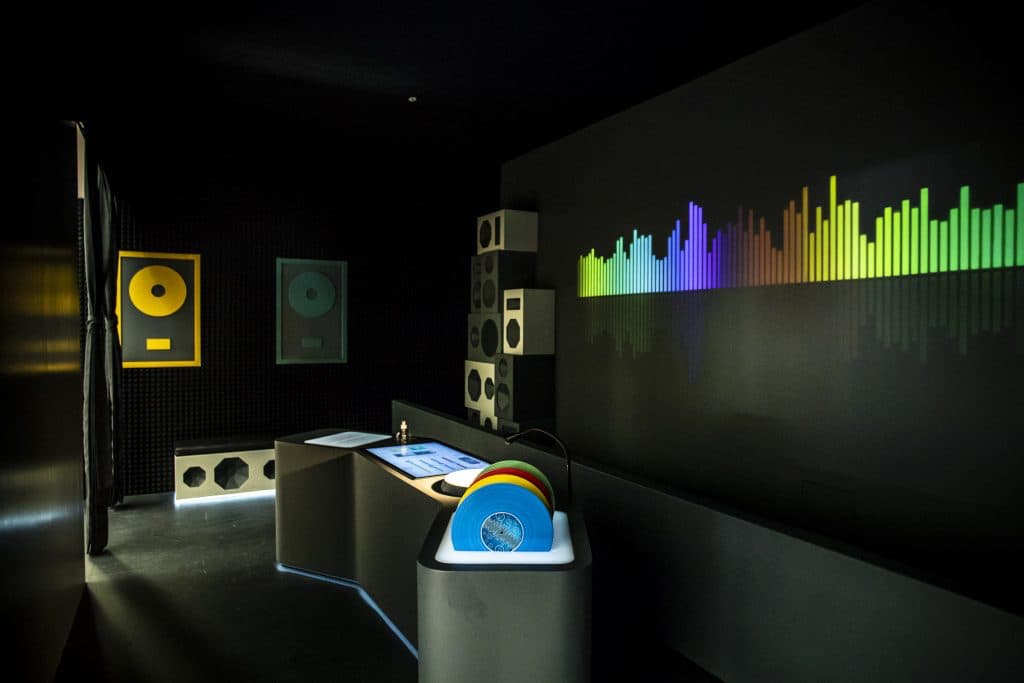
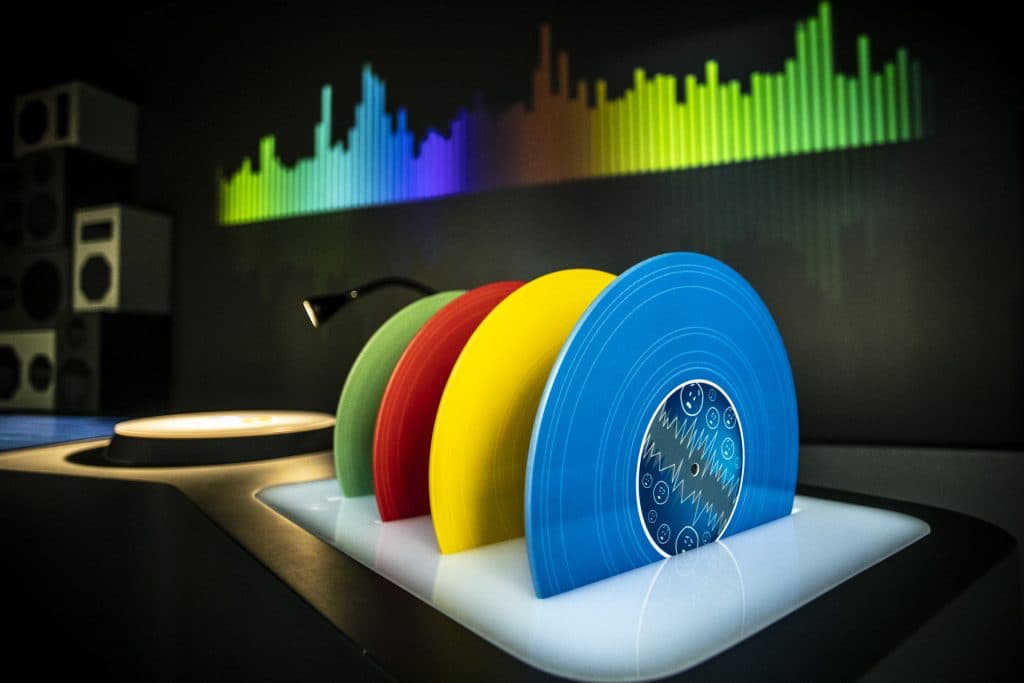
The third installation is the children’s favorite called the Worry Eater. They can write down their worries on a piece of paper and throw it into the belly of our “monster”. The creature is going to eat away the bad feelings. The activation is accompanied by sound effects mimicking a tasty snack. It is triggered by a hidden laser sensor which detects every object before hitting the belly. These beacons can react in 23 µs and be able to identify objects as small as 2 mm.
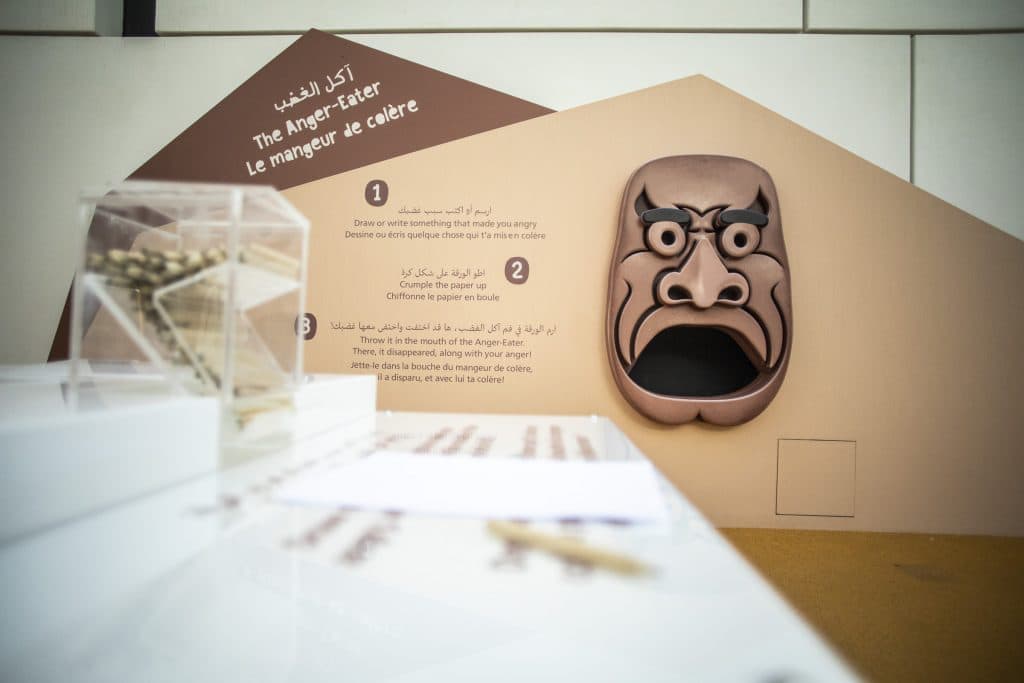
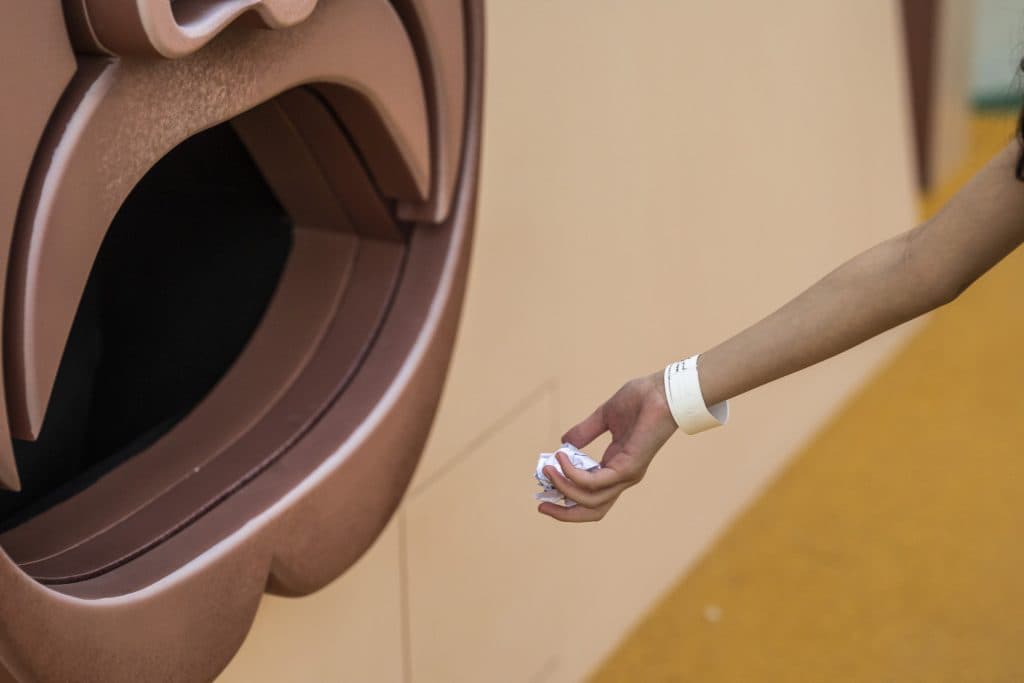
The final installation is the lighting tunnel. Visitors pass through the tunnel closing the journey along emotion inspired artworks. The structure consists of 25 arches and custom-controlled LED lightings with a fade-in fade-out effect. Each section is equipped with an independent motion sensor to identify if someone is passing by. The complex user experience is about the feeling that the light follows guest movement. 24 speakers are installed along the corridor playing a tailor-made track developed by the sound designer to engage kids even more.
